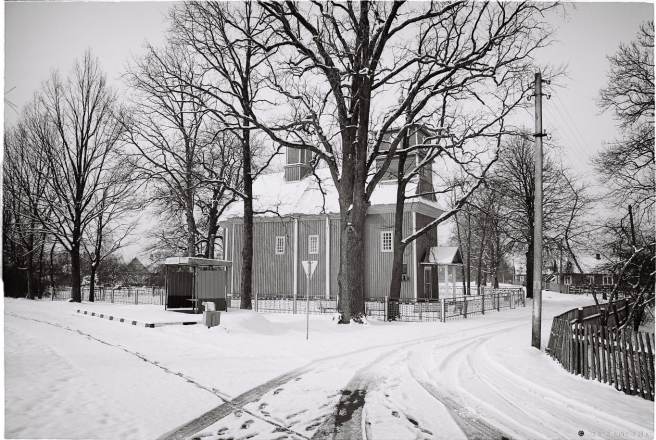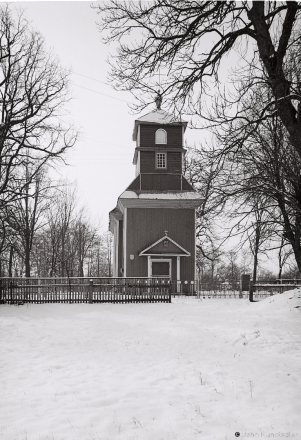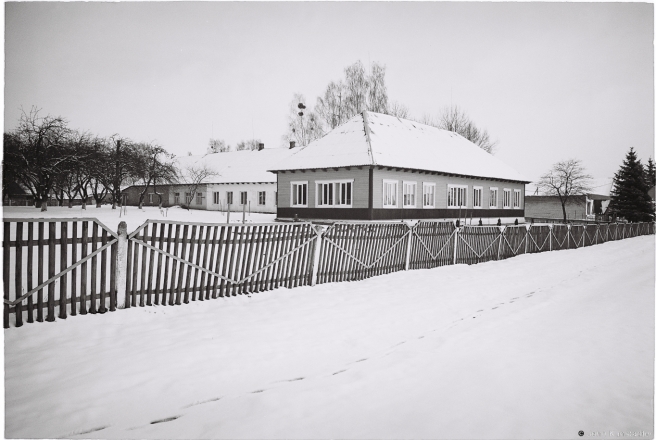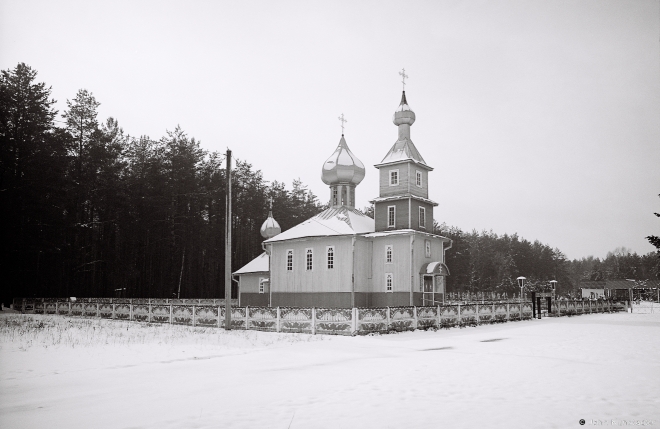Photographic expedition to Hantsavichy (Khatsinavichy) and Pinsk (Dabraslauka, Lyshcha, Zapol’lje, Pinsk, Pinkavichy, Kupjatsichy, Haradzishcha, Vylazy, Parakhonsk, Soshna, Kamjen’, Pahost-Zaharodski) Districts with Anton Astapovich, Chairman of the Belarusian Association for the Preservation of Cultural and Historical Monuments (БДТАПГК).
Part II/VIII: Dabraslauka and Lyshcha
Фотаэкспедыцыя з Антонам Астаповічам, старшыням Беларускага дабраахвотнага таварыства аховы помнікаў гісторыі й культуры (БДТАПГК) па Ганцавіцкім (Хацінавічы) і Пінскім (Дабраслаўка, Лышча, Запольле, Пінск, Пінкавічы, Купяцічы, Гарадзішча, Вылазы, Парахонск, Сошна, Камень, Пагост-Загародскі) раёнах.
Частка II/VIII: Дабраслаўка й Лышча
Churches of Belarus (part CXLV): Orthodox church of the Holy Trinity (1758), Dabraslauka 2016. A gem of Polesian wooden church architecture and with a nave measuring just under 7 meters (22.4 feet) wide, Holy Trinity is the narrowest church in Belarus.
Цэрквы Беларусі (частка CXLV): царква Сьвятой Тройцы (1758), Дабраслаўка 2016 г. Толькі 6,9 метраў у шырыні асноўнага зрубу, гэты ўзор палескага драўлянага царкоўнага дойлідства — найвузейшая царква ў Беларусі. Дзякуй Богу, што прыход не замяніў традыцыйныя бані чужымі палескаму дойлідству залатымі цыбулінамі.
Polish-era (interwar) primary school, Lyshcha 2016. Міжваенная базавая школа (szkoła powszechna), Лышча 2016.
Churches of Belarus (part CXLVI): Orthodox church of the Blessed Prince Alexander Nevsky (1995). This new church was built on traditional Polesian lines. However, its outlandish, out-of-proportion onion domes are a pure import from Russia, as is the choice of patronal name. A figure of central importance in the creation of Muscovite imperial historiography, Alexander Nevsky had nothing to do with Belarusian history; kept medieval Russia in vassalage to the Mongols; and was instrumental in the introduction of measures which led to the subordination of the Russian Orthodox church to imperial state interests.



